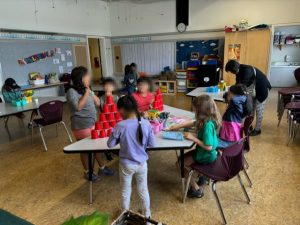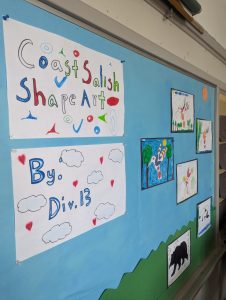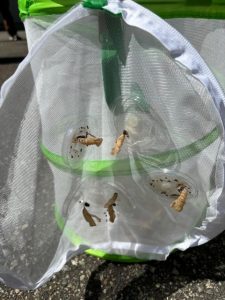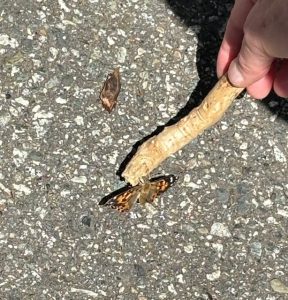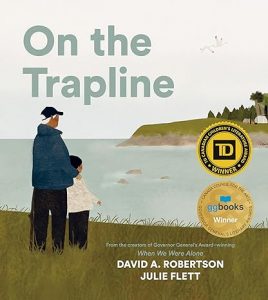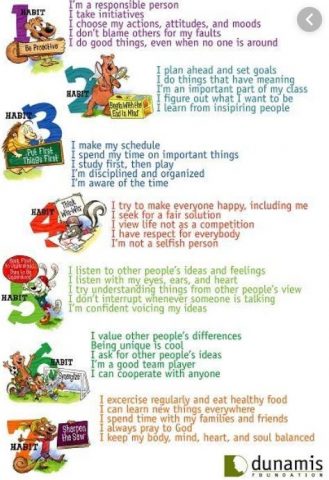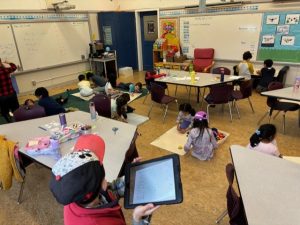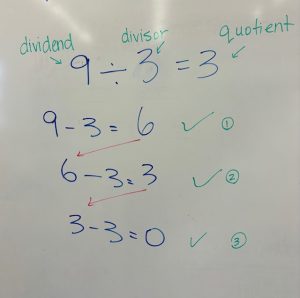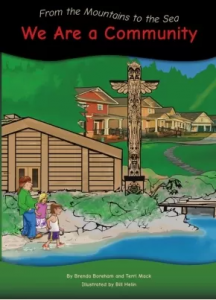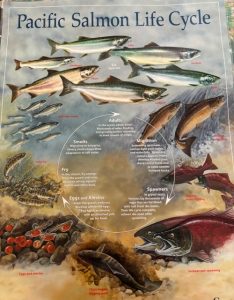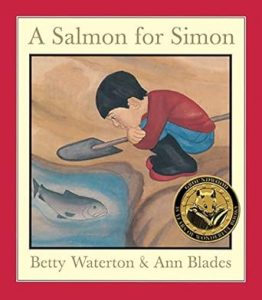Dear families,
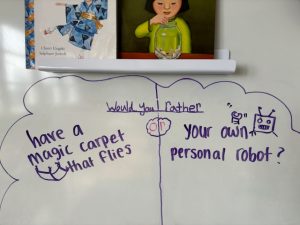 We had a wonderful second week together! One way we start our day is to find our name (magnets on the board) and choose an answer to our “Would you rather…” question. They have been enjoying connecting with each other their choices! They have already shared suggestions on future questions they want to ask classmates!
We had a wonderful second week together! One way we start our day is to find our name (magnets on the board) and choose an answer to our “Would you rather…” question. They have been enjoying connecting with each other their choices! They have already shared suggestions on future questions they want to ask classmates!
Meet Your Teacher Night
Thank you to the families who joined us last Wednesday to learn more about us, our philosophy, passions, and shared love for your children and teaching. Even though this is the first year Ms. Kim and I are working as partners, we already know that so many of our thinking, practice, and strategies are aligned so no matter which teacher is in the class that day, it will feel seamless.
All About Me presentations
We are still taking turns presenting our All About Me items to each other. It has been a great way to get to know each other better. Thank you for helping your child prepare what to say.
We are mathematicians.
We started our patterns unit by practicing action patterns and naming them. We worked together to practice creating varied patterns for our partner to copy. For example:
clap – snap – tap – clap – snap – tap – clap – snap – tap (ABC pattern)
The core pattern is: clap – snap – tap
During our Wondering Wednesday time (every Wednesday), we joined other classes outside to make patterns with things we found in nature. They had so much fun learning outside together!
- Learning is holistic, reflexive, reflective, experiential, and relational (focused on connectedness, on reciprocal relationships, and a sense of place). – First Peoples Principles of Learning
How to support at home: Ask your child to demonstrate a simple repeating pattern. Then ask them to teach you what the core pattern is. Find things around your home to create patterns together. Ask them what is the core pattern as review and to check for understanding.
Challenge: Ask them to create increasingly more difficult patterns or use items in the house to create concrete patterns.
In Social Studies, we are continuing to explore identity and learning how we, our family, our home, our community, and our land are all connected. Thank you so much for your support in helping your child learn more about the story and meaning of their name. This deepened our appreciation for the names we use every day! We also learned a lot about each other. We will be completing our name art, and this week we will be focusing on our families.
In Math, we are continuing with data analysis, focusing on using data from tally charts and creating bar graphs that reflect the information. Some students have already started creating their own surveys and are surveying each other! If you encounter graphs in your day-to-day life (for example, in a newspaper), please take a look at them with your child and ask questions like, “What was the most popular choice?” or “How many more people chose option A compared to option B?”
I’m looking forward to seeing you during our upcoming Families as Partners Conversations on Wednesday! I apologize in advance, as I will be at another school on Thursday and won’t be able to attend Thursday’s conversations. Ms. Chan will pass along notes from those meetings, but if there’s anything you would like to touch base with me, please feel free to come and say hello after school on Tuesdays and Wednesdays!
- Wed, Sept 25 & Thur, Sept 26: Families as Partners Conversations – Please book an appointment using the link before Mon, Sept 23 before 9 PM. After that, you will need to email us to book an appointment.
Thank you for your continued support of your child’s learning.
Scent free environment
Please do not send any hand sanitizers or hand creams that have any scents. Two of us in class have fragrance allergies. Thank you for your consideration!
Also, please do not send food items that have nuts. We have a nut allergy in our class. Thank you for keeping us all safe.
Notes & Reminders
- Please go to School Cash Online to pay $8 for planners and $30 for our shared school supplies.
- Please fill out all the forms in School Cash Online.
- Order your hot lunch program by going to School Cash Online.
- Wed, Oct 2: Individual Picture day
We look forward to spending the week with your wonderful children and look forward to meeting with you on Wednesday or Thursday! Thank you for being partners with us. Your child’s success depends on our cooperation and communication.
Grateful for our journey together this year, Ms. Chan





